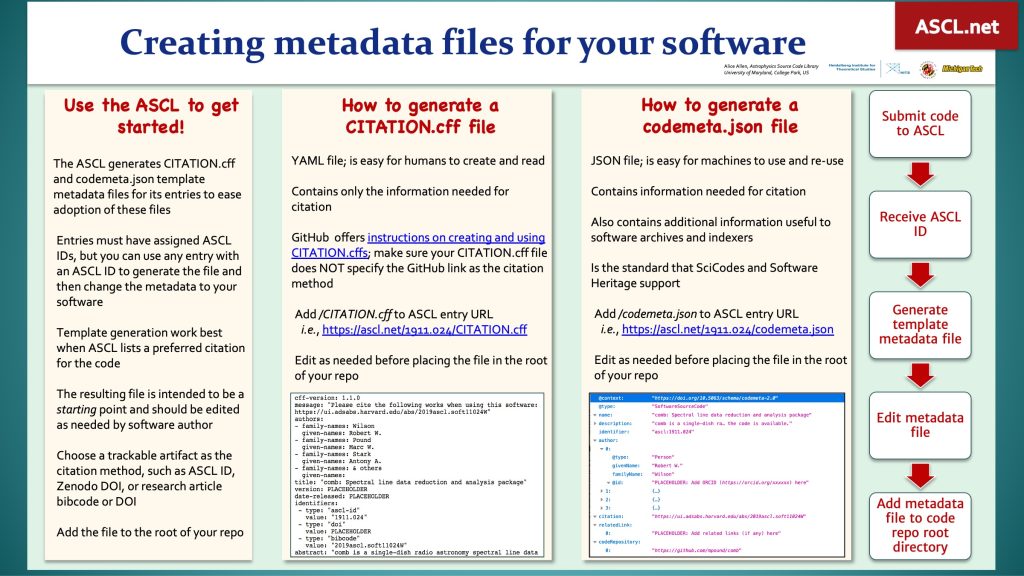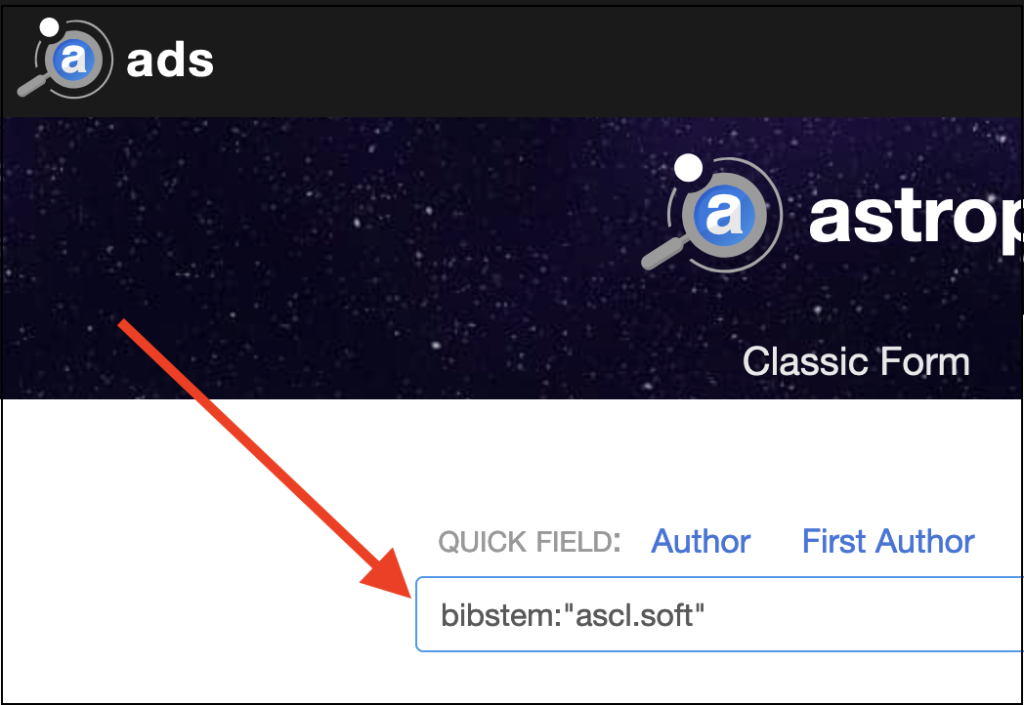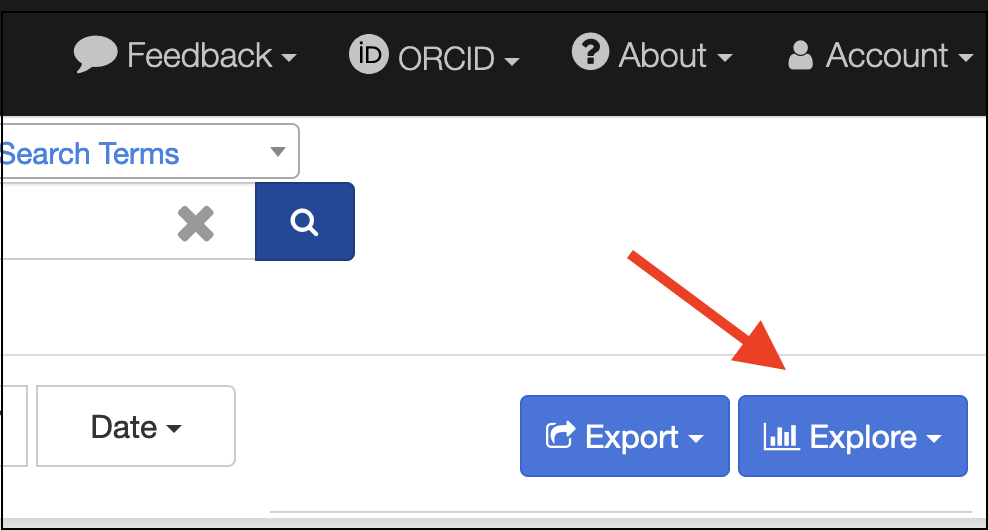Twenty codes were added to the ASCL in November, 2022:
2DFFTUtils: 2DFFT Utilities implementation
AMBER: Abundance Matching Box for the Epoch of Reionization
APERO: A PipelinE to Reduce Observations
baobab: Training data generator for hierarchically modeling strong lenses with Bayesian neural networks
BiGONLight: Bi-local Geodesic Operators framework for Numerical Light propagation
BlackJAX: Library of samplers for JAX
EXCEED-DM: EXtended Calculation of Electronic Excitations for Direct detection of Dark Matter
fastSHT: Fast Spherical Harmonic Transforms
gsf: Grism SED Fitting package
H-FISTA: Phase retrieval for pulsar spectroscopy
KC: Analytical propagator with collision detection for Keplerian systems
Korg: 1D local thermodynamic equilibrium stellar spectral synthesis
mgcnn: Standard and modified gravity (MG) cosmological models classifier
ODNet: Asteroid occultation detection convolutional neural network
ovejero: Bayesian neural network inference of strong gravitational lenses
PAHDecomp: Decomposing the mid-IR spectra of extremely obscured galaxies
PDFchem: Average abundance of species from Av-PDFs
pmclib: Population Monte Carlo library
PTAfast: PTA correlations from stochastic gravitational wave background
unTimely_Catalog_explorer: A search and visualization tool for the unTimely Catalog



